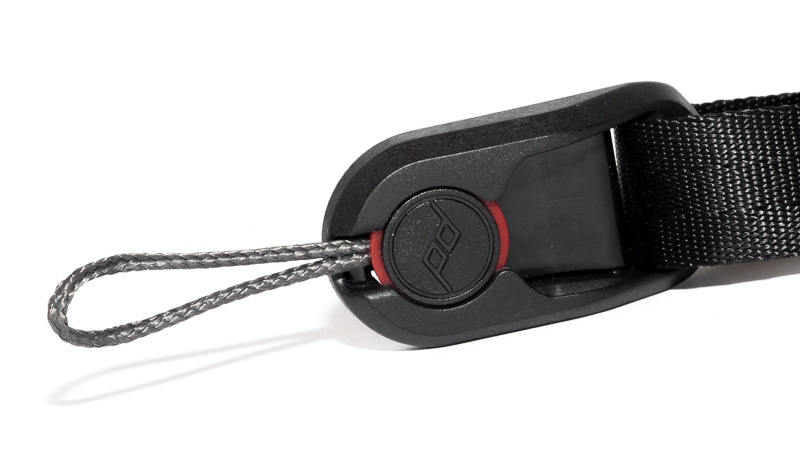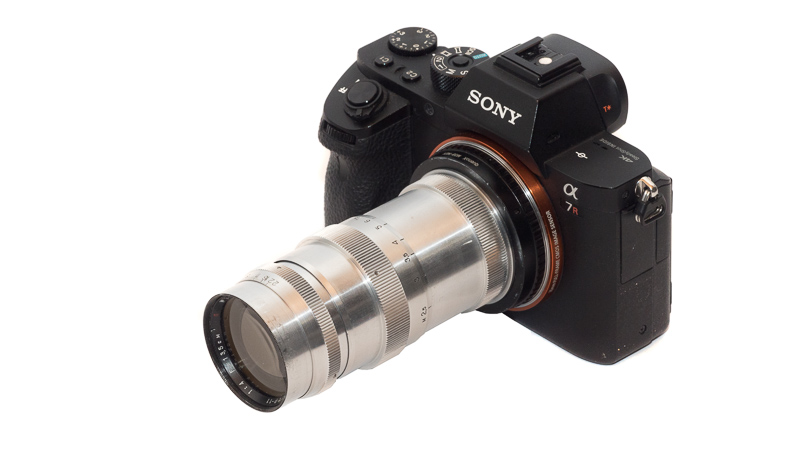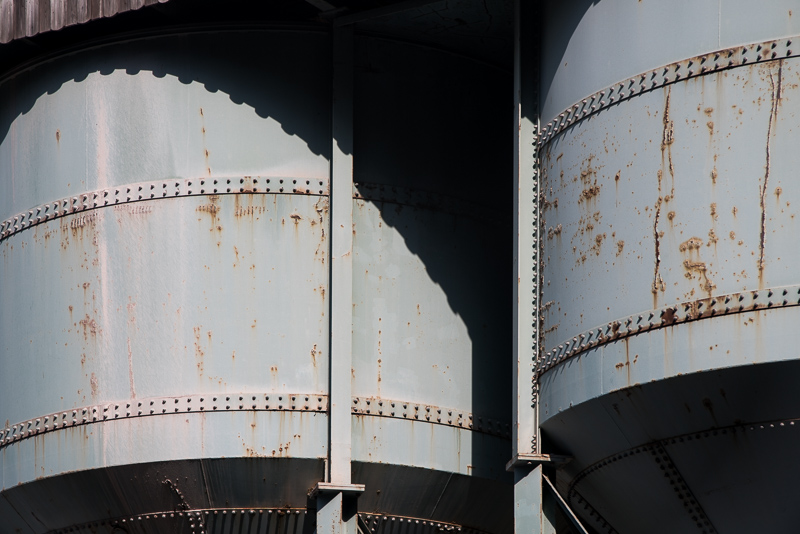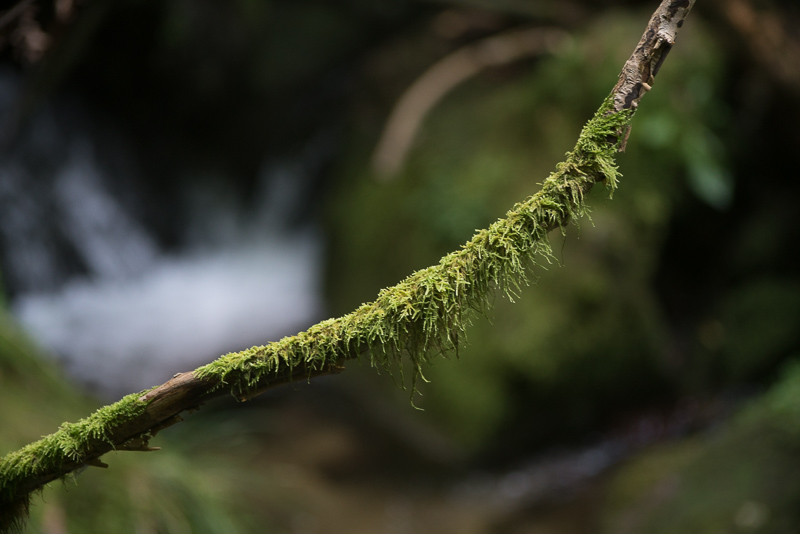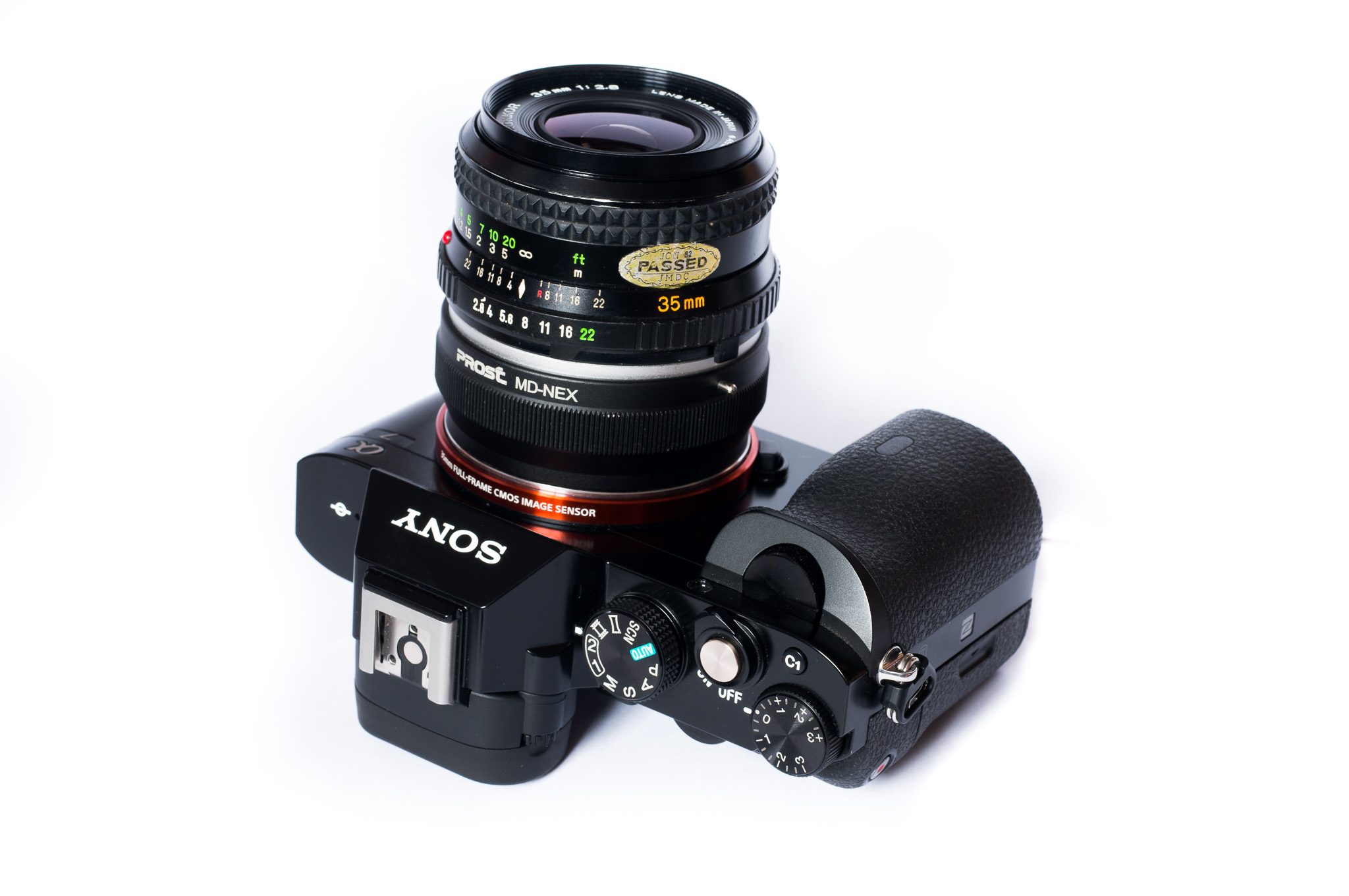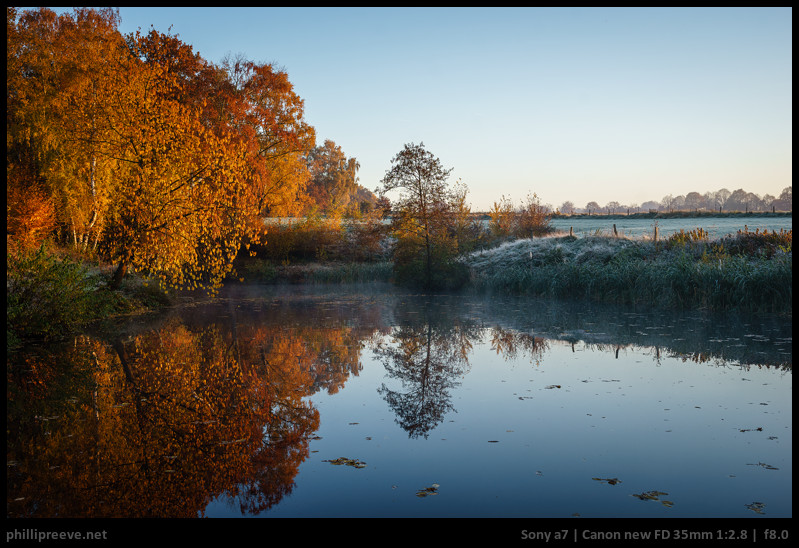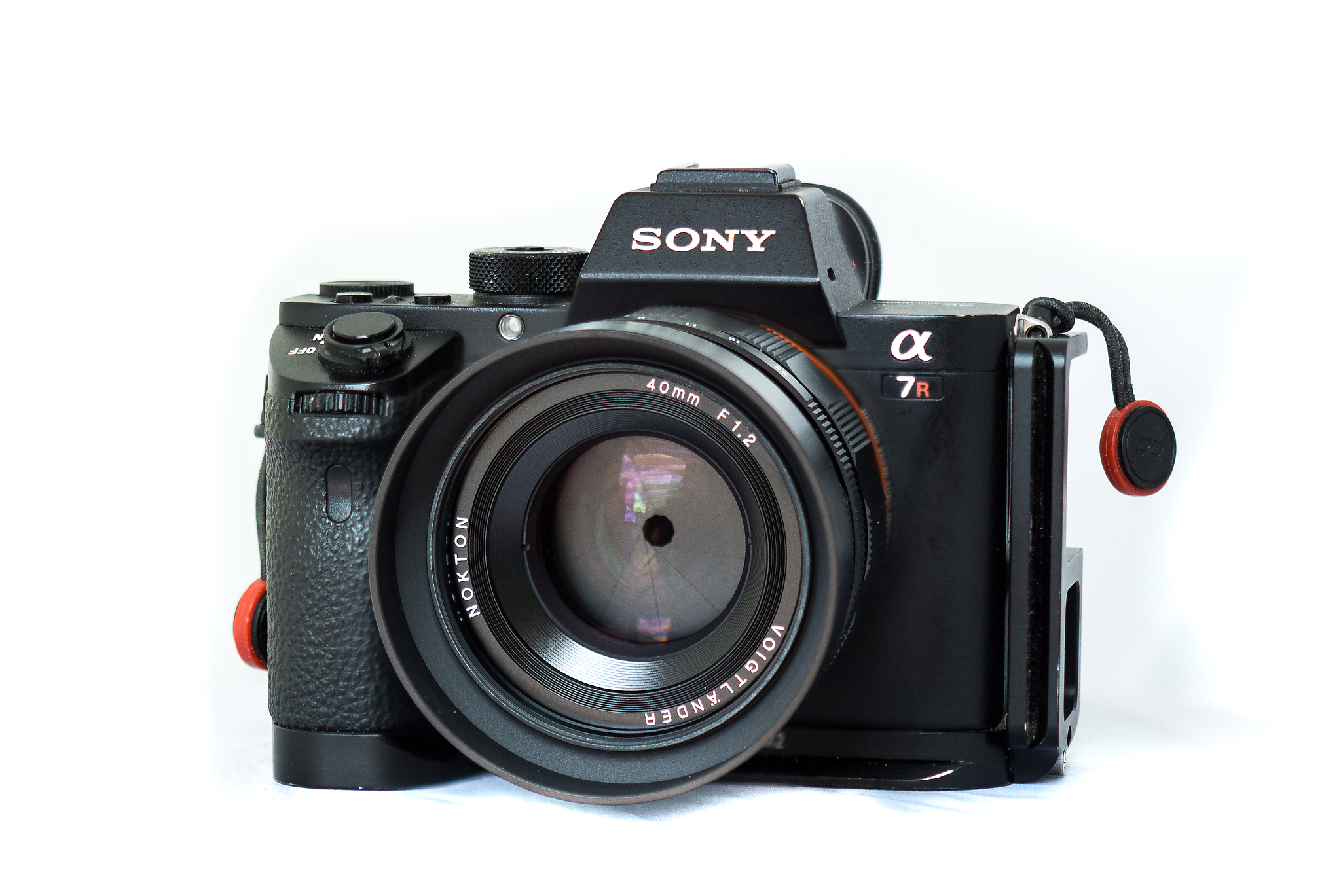P: Hi Helena, can you tell us a little bit about yourself and how you came to use manual lenses?
H: My name is Helena Normark and I was born in northern Sweden. When finished with school I moved to Stockholm to work. After a few years I met my current partner and when he got a job in Trondheim, Norway 2004 we decided to move here, which we have never regretted. Beautiful country with friendly people.
I work from home as an artist/illustrator, drawing clipart among other things. This means that I am fortunate to be able to go out whenever the light is good and my favorite weather is so called “bad weather”. Nothing livens me up more than being out with the camera in a thunderstorm or snowstorm. 🙂
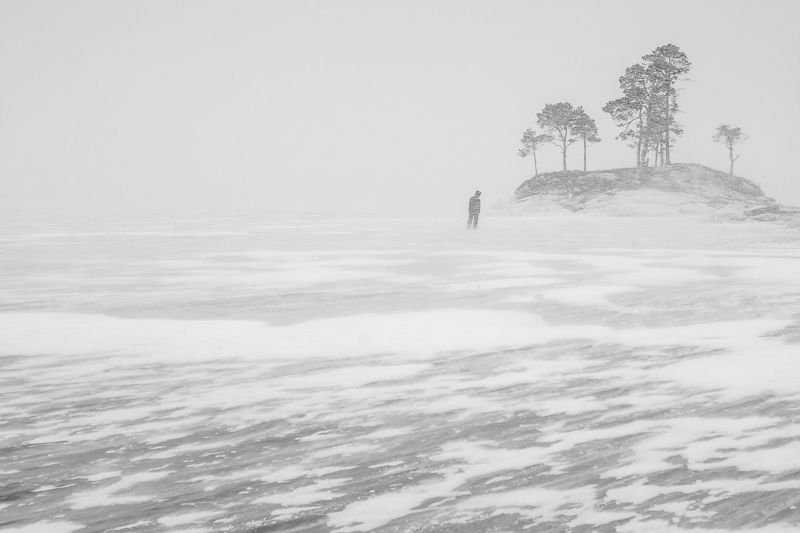
When turning seven I got my first camera, but photography as a hobby didn’t take off until 2008 when I got the Canon 5D and 35L, and eventually various other AF lenses. I enjoyed the Canon gear, but finding the alternative board at FredMiranda.com in 2012 opened my eyes to the wealth of old MF lenses, so when I stumbled upon a Sony A7 for a really good price I decided to switch systems.
First I got a few Contax Zeiss lenses which were great and I still have most of them, but they aren’t very fast or flare resistant, which is important for my style, so I ended up buying a few Voigtlanders and like them a lot.
Fall and winter (especially winter) are my favorite seasons. One of the reasons is that I like a calmness in my photos and find it easier when there is snow. Also, there are fewer people about and usually I prefer to be alone when I am out with the camera. I am part of a local photo group though and at least once a month we meet up and take a little trip or walk and it is always very nice and also inspiring to see what others come up with from the same subjects/scenery. Highly recommended!
Some winter photos, all from the Voigtlander 50/1.5 VM:
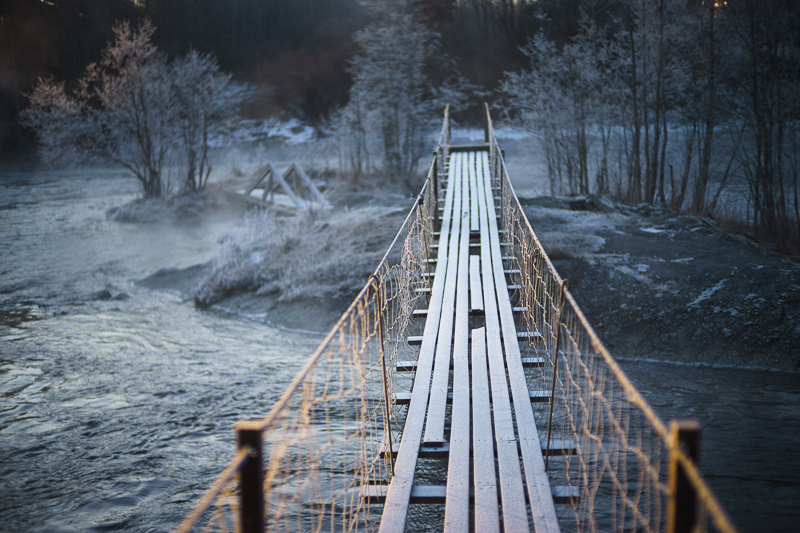

Continue reading The Manual Photographers Series Part 7: Helena Normark →
